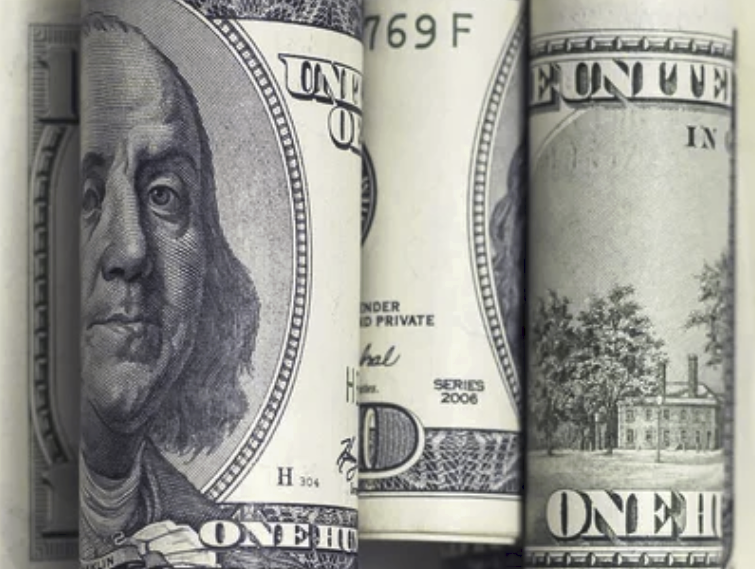
Monetary Policy & Inflation | US

Monetary Policy & Inflation | US
This article is only available to Macro Hive subscribers. Sign-up to receive world-class macro analysis with a daily curated newsletter, podcast, original content from award-winning researchers, cross market strategy, equity insights, trade ideas, crypto flow frameworks, academic paper summaries, explanation and analysis of market-moving events, community investor chat room, and more.
On balance, I only see a one third probability of a hike at the FOMC meeting next week. As I explained in my February CPI review, the resumption of market turmoil would stop the Fed from hiking out of concern it would tighten financial conditions further.
On Monday, markets normalized. But since then, volatility has returned with market concerns broadening to banks outside the US, including Credit Suisse (Chart 1). It seems unlikely that markets will have stabilized enough by the FOMC on 22 March for the Fed to feel comfortable with a hike.

I expect Chair Jerome Powell to focus on two key themes: reassuring markets and asserting that monetary policy is unconstrained.
He will likely reassure market participants that the US banking system is safe and sound. Specifically, Powell is likely to stress that:
He will likely asset monetary policy remains unconstrained by financial stability. There is a strong incentive for the Fed to claim the current crisis will not have lasting economic consequences since it is partly responsible.
Its responsibility lies in a supervisory lapse (it has launched an inquiry) and rapid increase in rates that, in turn, reflected how far it fell behind the curve. Furthermore, banking supervisors, of which the Fed is prominent member, do not seem to have foreseen the implications of higher yields on banks’ balance sheets.
Powell could stress that:
I therefore expect the Summary of Economic Projections to show a limited increase in inflation and a 25bp increase in the terminal FFR.
In the longer run, the impact of the current market instability on the terminal FFR depends on its impact on the long-term economic and inflation outlook. Because I believe the current crisis is one of confidence and liquidity rather than a systemic crisis, I do not expect lasting changes to the long-term outlook and therefore to the terminal FFR.
However, the Fed could proceed more slowly with rate hikes for a quarter or so. Overall, a 100bp additional rate hikes by end-2023 seem likely.
Markets are currently pricing a 70% chance of a hike next week against my subjective probability of one third.
Markets are also pricing 100bp in cuts between May and December 2023 FFR. I disagree on two counts:
Spring sale - Prime Membership only £3 for 3 months! Get trade ideas and macro insights now
Your subscription has been successfully canceled.
Discount Applied - Your subscription has now updated with Coupon and from next payment Discount will be applied.